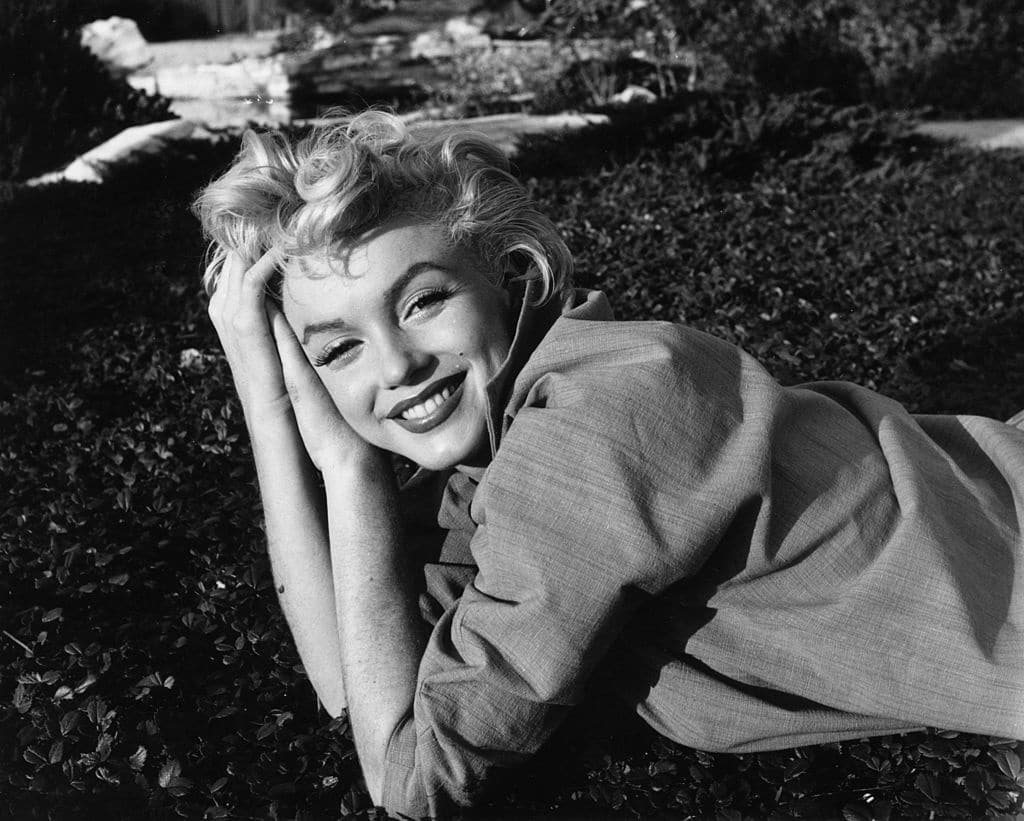I distinctly remember when I first heard of Marilyn Monroe. I was 10 years old and watching a friend perform “Diamonds are a Girl’s Best Friend” in the school changing room. She told us about Marilyn’s conical breasts, her dyed blonde hair, how Marilyn Monroe was not her real name, and how she had killed herself by mistake. At home she had a poster of the neon silk screen by Andy Warhol. Fragments only; an impression of a person, an icon, a mystery. No one really knows who Norma Jean Mortenson is or was, and the film Blonde, released this month on Netflix, does not reveal much more.
Writer and director Andrew Dominik has adapted his film from the 2000 novel of the same name by Joyce Carol Oates. Dominik focuses on the tragedy of Monroe’s early life as the influence that shaped her, rather than the character of Norma Jean herself. Ana de Armas is Monroe, inhabiting the role so fully that she plays no one, a non-character with the breathless voice of a Disney Princess cartoon.
Dominik, whose previous two films were Chopper and The Assassination of Jesse James, has made out of Blonde a psychological thriller, complete with a wide-eyed child, plenty of harrowing sex scenes and a talking foetus.
Psychological thrills crush historical details. Monroe’s first husband, Joe Di Maggio, appears out of nowhere. She is happily having a threesome (which leads to an unwanted abortion) then all of a sudden Di Maggio is proposing to her and we don’t quite know how they met or who he is. This bewildered viewer had to resort to Google. Likewise Arthur Miller, played by Adrien Brody, seems to win her heart while patronising her during a conversation about Chekhov; JFK howls obscenities at her while she fellates him, all during an official telephone meeting.
The script is peppered with clichés and clangers, lines like, “It’s the kind of thing that only happens in the movies” and “I do understand you. I invented you.” Another foetus asks Monroe, ex utero, “You won’t hurt me this time, will you?” There is not one sympathetic, or three-dimensional character. And as I was watching the darkness unfold, I realised that in fact evil is boring to watch. Without some act of redemption, some light, the film is not only depressing, it’s dull. The dullness is reflected in the cinemato-graphy: scenes change from black and white to a muted colour palette, artistic, but drab. This drab act drags on for a full two hours and 47 minutes.
A plot driver is Monroe’s absent father. The film opens with her mother showing Monroe a photograph of her father, which she won’t let her touch. “His name is a beautiful name, an important name,” her mother says. Norma Jean is always waiting for her father to rescue her, but he never does. She calls both her husbands “Daddy” and sings “Every baby needs a da-da-daddy, could my da-daddy be you.” Watching the original recording of this performance from 1948 shows a woman in control: a sex symbol, but robust and self-assertive. Dominik’s Monroe has nothing of this woman’s hardness or strength, nor her ability to turn a lack of love into profit, even at the cost of her own life.
Nor does Dominik explore Monroe’s intellectual side: her interest in method acting, psychoanalysis or Russian authors – apart from an aside or two about Dostoevsky, which fall flat. This a portrayal of a wasted life. Marilyn Monroe sold herself for the sake of films like Niagara and Bus Stop. Even her most famous ones, Gentlemen Prefer Blondes and Some Like it Hot, are not often watched. She belonged to no one, and no one loved her. There is no personality portrayed beyond the fake blonde hair. Perhaps this is the point of the film, this is the tragedy. But a tragedy without redemption is incomplete. Blonde itself feels like a waste; it could have been interesting, substantial, philosophical. Instead it’s ugly, notwithstanding artistic shots and excellent performances by de Armas and Brody.
Is death sad when a life is so much worse? By the final pill-popping scene, the story drains into the credits. Blonde is profoundly sad in its emptiness. It tells a story of a hologram woman who is still known around the world: the subject of a novel by Joyce Carol Oates, now made into a film on Netflix which millions will watch.
And yet, no one knew her. The enduring truth about Marilyn Monroe is that nobody knew her, so nobody loved her. This is the saddest thing of all.
<em>Flora Neville is a freelance journalist</em>



